Course Posters
Contact
Art & Art HistoryStudio Art 102 651-696-6279
651-696-6266 (fax)
artdept@macalester.edu
Spring 2024 Courses
-
Studio Art -
Art History
Previous Courses
-
Fall 2022 -
Fall 2021 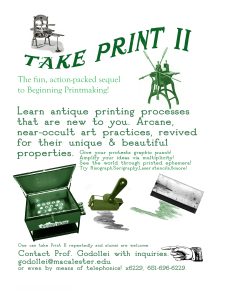
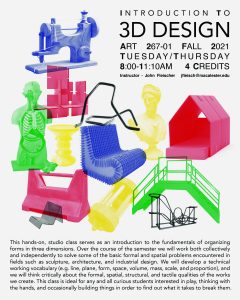
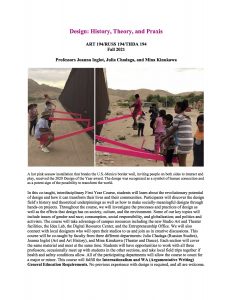
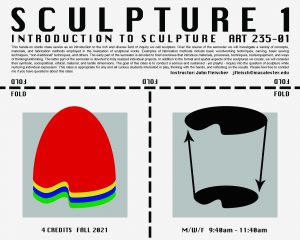
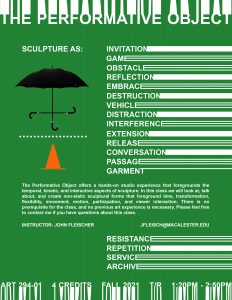
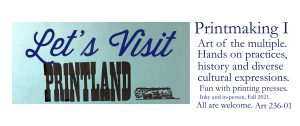
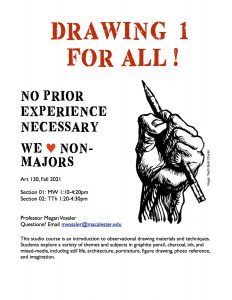
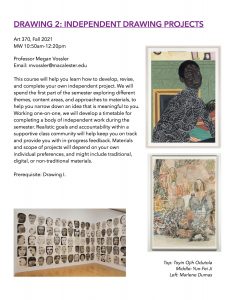
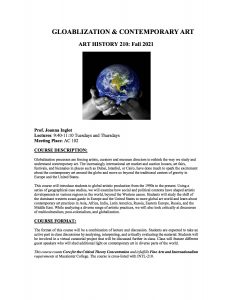
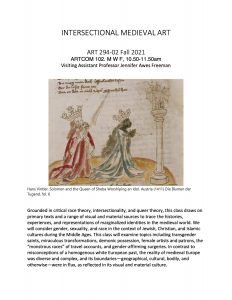
-
Spring 2021 Module 3

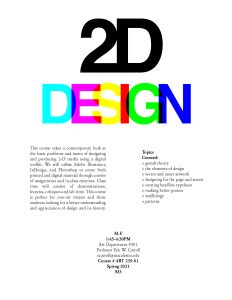
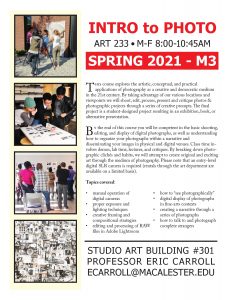
This class does not require physical presence on campus nor require students to be present during the entire class time (classes are generally subdivided into smaller groups). 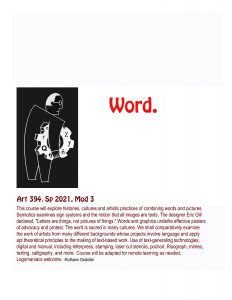
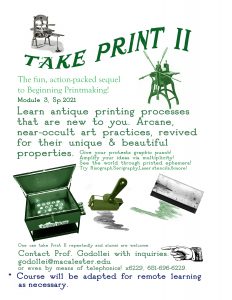
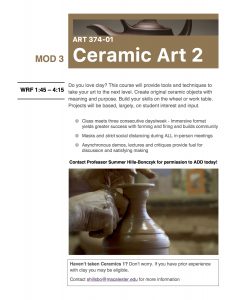
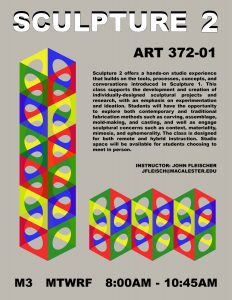
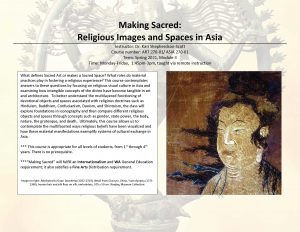
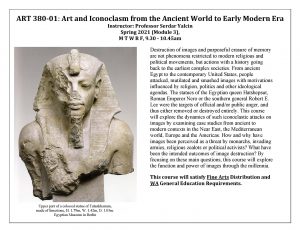
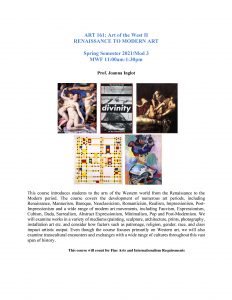
Module 4

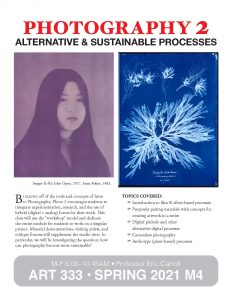
This class does not require physical presence on campus nor require students to be present during the entire class time (classes are generally subdivided into smaller groups). 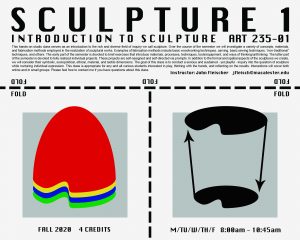
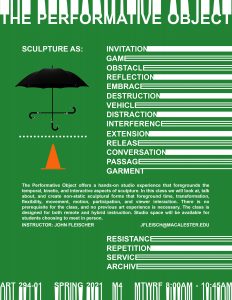
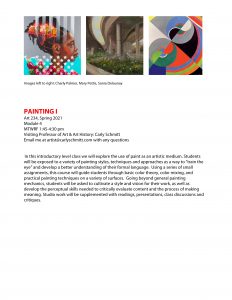
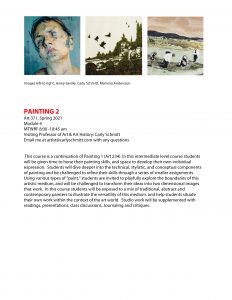
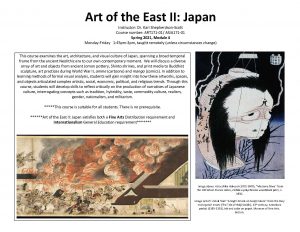
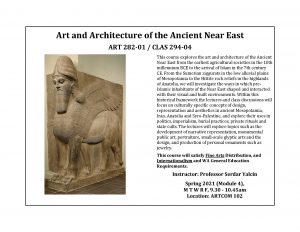
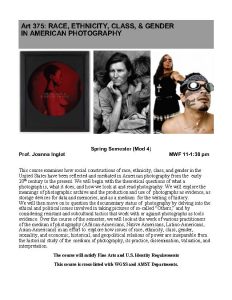
-
Fall 2020 Fall 2020

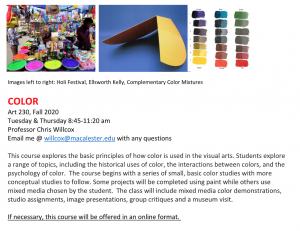
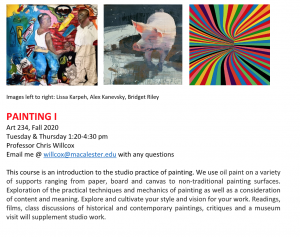
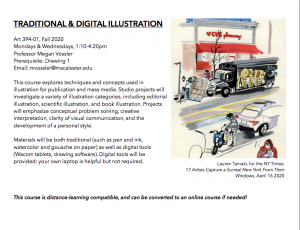
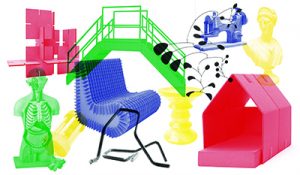
ART 367-01
3D Design – T R 1:20pm-4:30pm
This hands-on, studio class serves as an introduction to the fundamentals of organizing forms in three dimensions. Over the course of the semester we will work both collaboratively and independently to solve basic formal and spatial problems encountered in fields such as sculpture, architecture, and industrial design. We will develop a technical working vocabulary and think critically about the formal, spatial, structural, tactile, and ethical dimensions of the forms we create. This class is appropriate for any and all curious students interested in design, thinking with the hands, and reflecting on the results. Slide presentations, short readings, critiques, group discussions, and gallery/museum visits will supplement our studio research.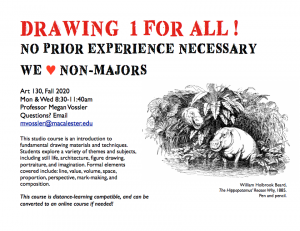
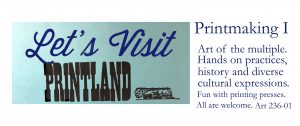
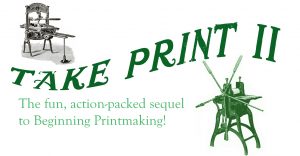
Printmaking II, Art 373-01, Ruthann Godollei A214
Advanced printers explore known media in more depth and learn new processes such as photo polymer relief, laser stencil cuts, pronto plate lithography and screenprint. Students work from hand-drawn and
computer-manipulated images, take field trips and complete outside class projects. This class has participated in print exchange projects with galleries, universities and nonprofits. For example, printers have donated work for a benefit auction to aid Simpson Family Housing Services, which helps homeless families each year 2014-2020, and to Full Cycle bicycle repair and youth education workshop.
* Course is subject to change if remote learning is in place, however, as the author of a DIY printing handbook, the professor has plans in place for accessible hands-on advanced printing in any location.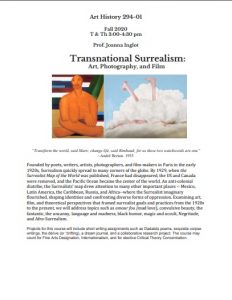
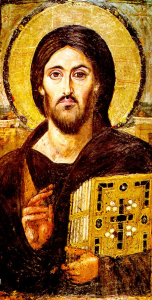
ART 284 – Art and Architecture of Byzantium and Medieval Europe
This course will explore the art and architecture of the medieval Christian world from the time of Constantine the Great (306-337 CE) to the fall of Constantinople in 1453. From the imperial church of Hagia Sophia in Constantinople to the elaborate portals of the Gothic cathedrals in France, we will examine the underlying mechanisms of artistic production as well as aesthetic sensibilities of the Christian communities across the post-Roman Mediterranean world and Europe. Special emphasis will be given to certain trends such as the foundation of monasteries, pilgrimage, icon and relic worship, and the emergence of Romanesque and Gothic styles in architecture, which changed the urban and rural topography of Europe and the Mediterranean.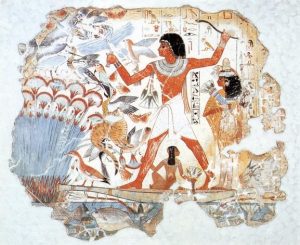
ART 280-01 / CLAS 294-02 – Art and Architecture of Ancient Egypt
Ancient Egyptians invested immense resources in beautifully designed and crafted artworks and architectural spaces, many of which have survived presenting spectacular views to contemporary beholders. Why was art so important for this ancient society? What was its purpose? This course will explore the making, function, and socio-economic and political contexts of Egyptian art and architecture from pre-dynastic times (ca. 5300 – 3000 BCE) through the Roman era (30 BCE – 391 CE). Addressing various topics such as pharaonic ideology, imperialism, gender and afterlife, this course will help students comprehend the fundamental place of art and visual culture for the creation and sustenance of one of the oldest civilizations in the world.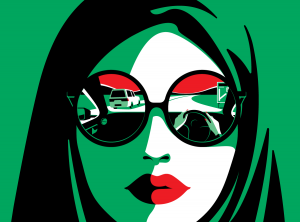
2D Design – This course takes a contemporary look at the basic problems and issues of designing and producing 2-D media using a digital toolkit. We will utilize Adobe Illustrator, InDesign, and Photoshop to create both printed and digital material through a series of assignments and in-class exercises. Class time will consist of demonstrations, creative exercises, critiques and lab time. This course is perfect for non-art majors and those students looking for a better understanding and appreciation of design and its uses. 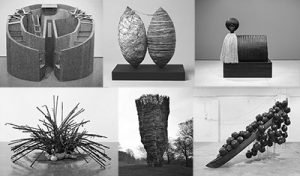
ART 235-01
Sculpture I – T R 8:00am-11:10am
This hands-on studio class serves as an introduction to the rich and diverse field of inquiry we call sculpture. Over the course of the semester we will investigate a variety of concepts, materials, and fabrication methods employed in the realization of sculptural works. Examples of fabrication methods include basic woodworking techniques, carving, basic sewing techniques, “non-traditional” techniques, and bronze-casting. The early part of the semester is devoted to brief exercises that introduce materials, processes, techniques, tools/equipment, and ways of thinking/unthinking. The latter part of the semester is devoted to fully realized individual projects, self-assigned via prompts. In addition to the formal and spatial aspects of the sculptures we create, we will consider their symbolic, sociopolitical, ethical, material, and tactile dimensions. The goal of this class is to conduct a serious and sustained inquiry into the question of sculpture while nurturing individual expression. This class is appropriate for any and all curious students interested in play, thinking with the hands, and reflecting on the results. There is a $150 material fee for this class.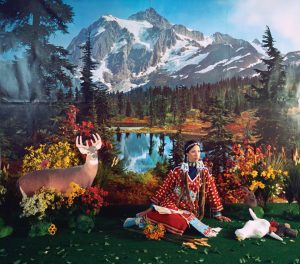
Art 233 Photo 1 – This course explores the artistic, conceptual, and practical applications of photography as a creative and democratic medium in the 21st century. Throughout the semester we will shoot, edit, present and critique individual photos & photographic projects through a series of creative prompts. By the end of this course you will be competent in the basic shooting, editing, and display of digital photographs, as well as understanding how to organize your photographs within a narrative and disseminating your images in physical and digital venues. Art of the East I: China
Instructor: Dr. Kari Shepherdson-Scott
Course number: ART170-01/ ASIA 170-01
Term: Fall 2020
Location: ARTCOM 102
Time: MWF 1:10pm-2:10pm
This course examines the art and visual culture of China from the Neolithic era to the twenty-first century. Lectures and readings will teach methods of formal visual analysis; the course will also provide the opportunity for students to think critically about how scholars write the artistic history of the region. Through this class, students will engage with a broad array of media, from bronze sculpture, Buddhist cave painting, architecture, calligraphy and monumental landscape paintings to ceramics, modern graphic media, and contemporary installations. While examining the specific cultural, social, economic, and political functions of these spaces, images and objects, we will interrogate the multifaceted ways that shifting concepts of hybridity, ethnicity, authority, religion, militarism, and politics have informed their production.
****This course has a Fine Arts designation and fulfills the Internationalism General Education Requirement*****Introduction to Visual Culture
Instructor: Dr. Kari Shepherdson-Scott
Course number: ART149
Term: Fall 2020
Location: ARTCOM 102
Time: MWF 9:40am-10:40am
The concept of “visual culture” has expanded the field of Art History to invite new, provocative examinations of all facets of visual production, from the rarest and most magnificent to the mundane. This has provided an innovative matrix for understanding cultural production as well as a means to delve more deeply into studies of visual pleasure, desire, and socially informed modes of perception. To better understand these modes, this course examines material and symbolic practices through myriad visual culture forms, from standards of fine art such as painting, sculpture, and architecture to mass media including TV, film, advertising, and the Internet. Students will learn different theoretical paradigms and techniques for visual analysis in order to understand how visual culture mediates numerous social, economic, cultural, and political relationships. We will investigate these diverse practices through lectures, guest speakers, film, historical art and media and, of course, those proliferating images that define our daily experiences.
****This course has a Fine Arts designation *****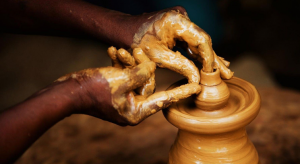
ART 131-02 Ceramics 1
MWF 1:10 – 3:10
Professor Summer Hills-Bonczyk
This hands-on studio art course will introduce you to the fundamentals of Ceramic Art. Wheel-throwing and sculpture techniques will be presented, with strong emphasis on developing hand skills and individual artistic voice. Demos, guest artists and field trips will expose you to the world of clay, celebrating the sense of touch, and inviting you into the field of contemporary ceramic practice. Lectures and discussion provide historical and theoretical background as we examine our relationship to the objects in our lives and our material world.
Contact [email protected] with questions or to join the waitlist.